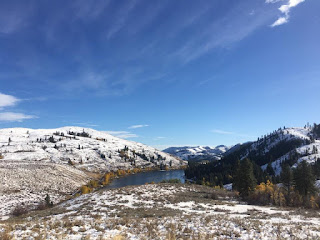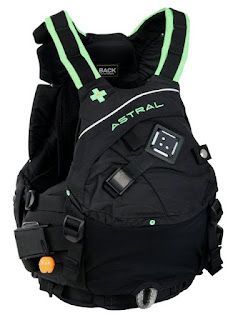Sea Kayak Safety Full Circle
Now that I have reached a good place in my post about safety. I wanted to bring things full circle and kind of give a thought process to safety. I hope the reading has not been to bland, but I feel this is a topic that really is good for anyone who is on the water, cold or warm waters.
After you have reached the point of purchasing a kayak and all the extra gear needed to be safe. It is time to practice. I cannot emphasize how important it is to practice with all of you equipment. This will allow you see what works and what might need to be modified or replaced. It is better to find flaws and weakness when you are practicing and not depending on the gear for your life.
Practice with partners you plan to paddle with. This will develop you kayak relationship with you partners. In the process you will learn each others strengths and weaknesses. This is invaluable information when faced with real world emergencies. Work with each other on scenarios that will help develop better techniques and do not hesitate to focus on areas of your weakness.
Take a rescue and paddle strokes class. For some it is nice to take a class that focuses on certain aspects of kayaking. Some may even want to get certifications to go along with all their hard work. You can readily find classes offered by the British Canoe Union (BCU) and the American Canoe Association (ACA). Approach your local paddle shops, as they most likely offer lessons that may not have certifications at the end. But none the less they still offer quality kayak lessons. When you go for lessons it is best to listen to the instructors on the flow of education. Many people stop in my shop and all they want to learn is to roll a kayak. Like most things in life, we must first crawl before we walk. So be patient and let your skills develop.
OK, lets say that you have taken some classes and practice wit you kayak partners, now what? Well depending on the region you are kayaking, make sure all of your gear is sufficient for the area you are in. From here we need to develop a plan. Even if you are heading out for a few hours, a full day or a week. It is best to create a plan and leave message of your plan with someone back on land.
Planning: I always create my paddle plan based on my traveling desires. I ask my self where do I want to go and for how long. Being in Washington State, the tides have a broad range so that is where I start. I check the tides and then refer to a current table. After the tides and currents are worked out I check the Marine Forecast. When listening to the forecast I am generally interested in what the have been doing, what they are currently doing and what they might be doing later. After all of this basic information is collect I look at my desired travel area and see if it is still a logical place to go for the paddle.
Gear Check: Once my plan is in place I make sure I have all the gear I need for the paddle. I start with the basics. First I check my standard gear, which you can learn more about by reading my post "So Whats In Your Kayak". Then depending on the type of trip I am going on, a day trip vs a camping trip. I will add the gear necessary, such as tent and sleeping bag etc.
Now if am equipped with my Chart in hand, travel plans and all gear to be safe and have fun. I know this sounds like a lot of things to do just to head out for a paddle. But I assure you that if you do your planning ahead of time before getting on the water. You will save your self much needed time if something goes wrong out there.
Being out in nature has its inherent risk. But being prepared and practiced will help mitigate issues that arise when you are far from help and you depend on yourself and your partner for survival.
A bit of personal advice:
Never become complacent about the areas you travel. Even if you have traveled there a 100 times or you have years of experience. Always take the proper steps to ensure safety while traveling on the water.
Know your limits and your partners limits.
I could go on and on with advice but I will stop here. My over all goal here is to set a bit of a tone about safety as the sea kayak season is kicking off for the summer here in the Pacific Northwest.
Please feel free to write questions and comments. I always try to address any questions.
Jason



Comments
Even if I am paddling on a lake, I may turn on the weather radio to hear a wind report.
And yes, practice, practice, practice. And always set up your boat the same way, so the gear you need is where you need it.
thanks, awesome post.
PO